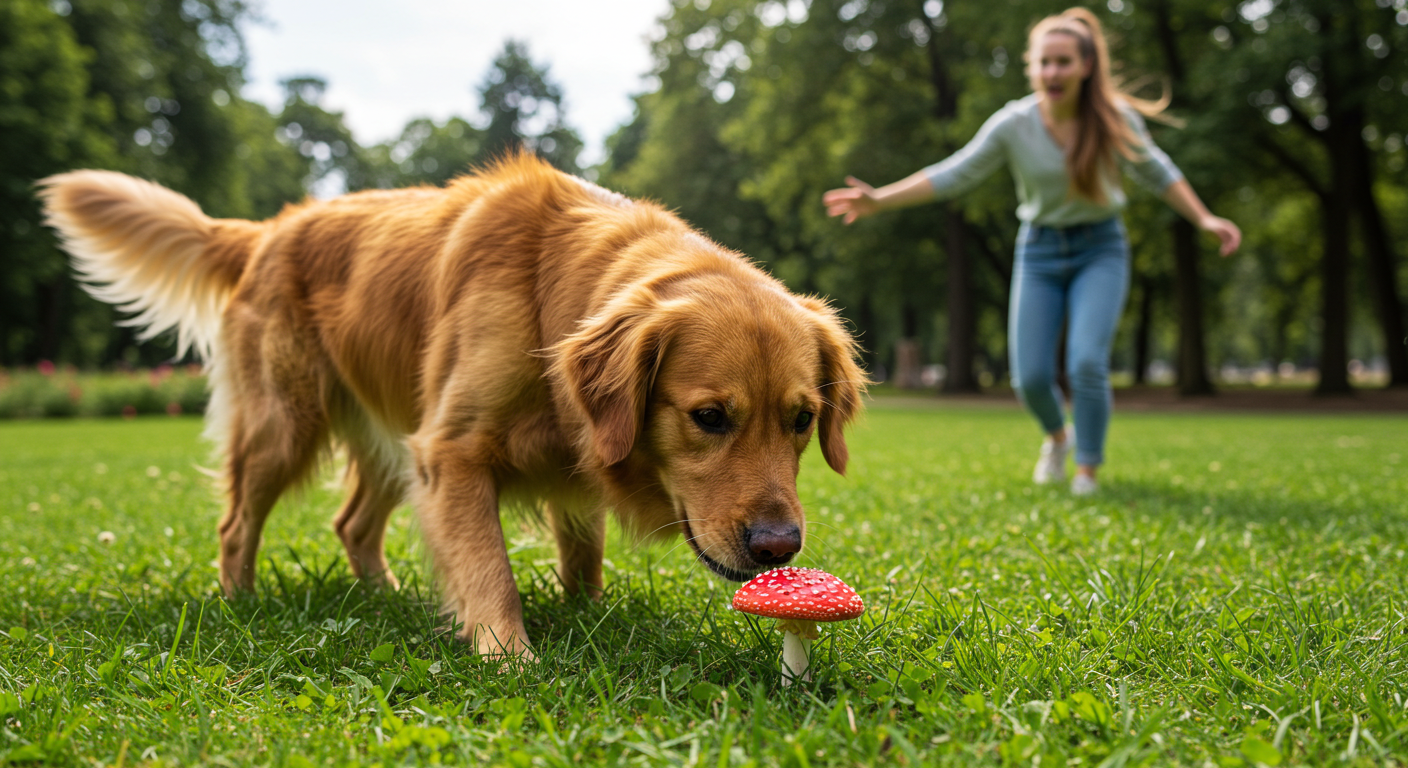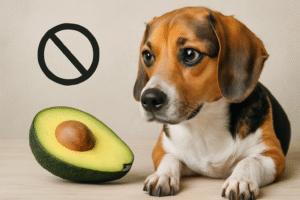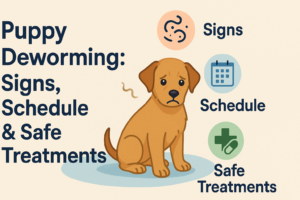This article is for informational purposes only and is not a substitute for professional veterinary advice. If you suspect your dog has eaten a mushroom, contact your veterinarian or an emergency pet poison hotline immediately.
Can Dogs Have Mushrooms
That heart-stopping moment when your dog gulps down a mystery mushroom from the lawn is a fear I see often in my Ottawa clinic. One second they’re exploring the park, the next you’re faced with a terrifying question: was that mushroom safe, or was it a deadly snack in disguise?
Key Takeaways
Before we dive in, here’s what every dog owner absolutely needs to know. While some store-bought mushrooms are safe for dogs if plain and cooked, wild mushrooms are a minefield of risk. It’s nearly impossible for anyone but a trained expert to tell a safe fungus from a fatal one. Because some of the deadliest mushrooms have delayed symptoms, you should always assume any wild mushroom is toxic. If you suspect your dog ate one, contact your veterinarian or a poison control centre immediately. Don’t wait for signs of illness to appear. Your best defence is prevention: check your yard regularly and teach a solid “leave it” command.
Table of Contents
The Verdict: A Vet’s Quick Answer on Mushrooms for Dogs
Let’s clear this up right away. The answer to “can dogs have mushrooms?” is a firm “it depends.”
If we’re talking about common mushrooms from the grocery store, like white button or portobello, the answer is a cautious yes. But if we’re talking about any mushroom your dog finds growing in your backyard, a park, or on a hiking trail, the answer is an absolute, unequivocal no. The risk of fatal poisoning is simply too high.
Supermarket Mushrooms: The Good, The Bland, and The Cautious
For owners who want to share their food, there’s good news. The plain, unseasoned mushrooms you buy at Loblaws or Sobeys are generally non-toxic for dogs. Varieties like white button, cremini, and portobello are safe when served correctly.
They offer a bit of fibre and some vitamins, but they aren’t a necessary part of a canine diet. If you’re wondering if dogs can have mushrooms as a regular treat, there are far better options out there.
How to Safely Prepare Store-Bought Mushrooms for Your Dog
If you do choose to offer a taste, follow these rules without exception:
- Cook Them Plain: Raw mushrooms can be tough on a dog’s digestive system. Steam or sauté them without any oil, butter, salt, or spices.
- Never Use Additives: Mushrooms are often cooked with onions, garlic, or rich sauces. These ingredients are toxic to dogs and must be avoided.
- Serve in Moderation: A small, sliced piece is more than enough. As with any new food, watch for signs of stomach upset.
The Real Danger: Wild Mushrooms in Your Backyard and Beyond
This is where the conversation about if dogs can have mushrooms turns serious. While only a small fraction of the world’s mushroom species are deadly, those that are can cause catastrophic organ failure. The frightening part? Many toxic varieties look eerily similar to harmless ones.
A Case from My Ottawa Clinic
I’ll never forget a beautiful August afternoon last year when a frantic couple rushed into my clinic with Tooti, their young Labrador. He’d eaten a single, small white mushroom during an off-leash run at Park about ten hours earlier. He vomited once but then seemed completely fine, so they didn’t worry.
That false “recovery” period is the classic, cruel signature of Amanita poisoning. By the time Gus became lethargic and his gums started to show a yellow tinge, the toxins were already causing severe liver failure. It was a long, expensive, and touch-and-go battle in our ICU. Gus was lucky, but many dogs are not. His case is a sobering reminder that you can’t take chances with wild fungi.
The Most Dangerous Players: 7 Toxic Mushroom Types in Canada
Identifying mushrooms is a job for mycologists, not dog owners. However, being aware of the main culprits can reinforce why avoidance is so critical. The deadliest group, the Amanita species, is responsible for the majority of fatal poisonings in pets, a fact well-documented in veterinary literature
- Death Cap & Destroying Angel (Amanita species): Causes severe liver and kidney failure. Symptoms are dangerously delayed.
- False Morel (Gyromitra species): Contains toxins that affect the liver, nervous system, and red blood cells.
- Galerina species: Contains the same toxins as the Death Cap, leading to liver failure.
- False Parasol (Chlorophyllum molybdites): The most common cause of mushroom poisoning in North America, causing violent gastrointestinal upset.
- Inocybe & Clitocybe species: Contain muscarine, which affects the nervous system, causing drooling, urination, tearing, and seizures.
- Jack-O’-Lantern (Omphalotus olearius): Often mistaken for edible chanterelles, these cause severe vomiting and diarrhea.
- Magic Mushrooms (Psilocybe species): Contain psilocybin, leading to hallucinations, agitation, and tremors.

Recognizing the Red Flags: Symptoms of Mushroom Poisoning
The signs of poisoning can vary dramatically depending on the type of mushroom consumed. According to the Merck vet manual symptoms can appear in as little as 15 minutes or be delayed for more than 12 hours. This delay often gives owners a false sense of security.
| Toxin Type | Onset of Symptoms | Key Signs |
| Amatoxins (e.g., Amanita) | 6-24 hours | Severe vomiting/diarrhea, followed by a “false recovery,” then liver/kidney failure, seizures, and often death. |
| Muscarinic Toxins | 15-30 minutes | Extreme drooling, constricted pupils, low heart rate, vomiting, diarrhea, difficulty breathing. |
| Isoxazoles (e.g., Amanita muscaria) | 30 mins – 6 hours | Unsteady gait (“drunk walking”), disorientation, hallucinations, tremors, seizures. |
| Gastrointestinal Toxins | 30 mins – 6 hours | Intense vomiting, explosive diarrhea, abdominal pain, dehydration. Not usually fatal but requires veterinary care. |
Export to Sheets
If your dog ate a mushroom, do not wait for symptoms. What looks like a mild stomach bug could be the first phase of a fatal poisoning.
Your Emergency Action Plan: What to Do if Your Dog Eats a Wild Mushroom
Treat any wild mushroom ingestion as a life-threatening emergency. Acting quickly is the single most important factor in your dog’s survival.
- Intervene Immediately: If you see your dog chewing on a mushroom, remove it from their mouth.
- Get a Sample: Carefully dig up the entire mushroom, including the base. Wrap it in a damp paper towel and place it in a paper bag or wax paper (not plastic). Snap clear photos from all angles (top, side, and gills underneath). This is vital for identification.
- Call for Help: Immediately call your veterinarian or an emergency animal hospital. Also, have these numbers saved in your phone:
- <ins>ASPCA Animal Poison Control Center</ins>: (888) 426-4435 (consultation fee may apply)
- Pet Poison Helpline: (855) 764-7661 (consultation fee may apply)
- Do NOT Induce Vomiting: Never make your dog vomit unless explicitly instructed to do so by a veterinary professional. It can be ineffective or even dangerous depending on the toxin.
- Go to the Vet: Your vet will begin decontamination procedures, which may include inducing vomiting, administering activated charcoal to bind toxins as described in resources like <ins>Blackwell’s Five-Minute Veterinary Consult</ins>, and starting IV fluids to protect the organs.
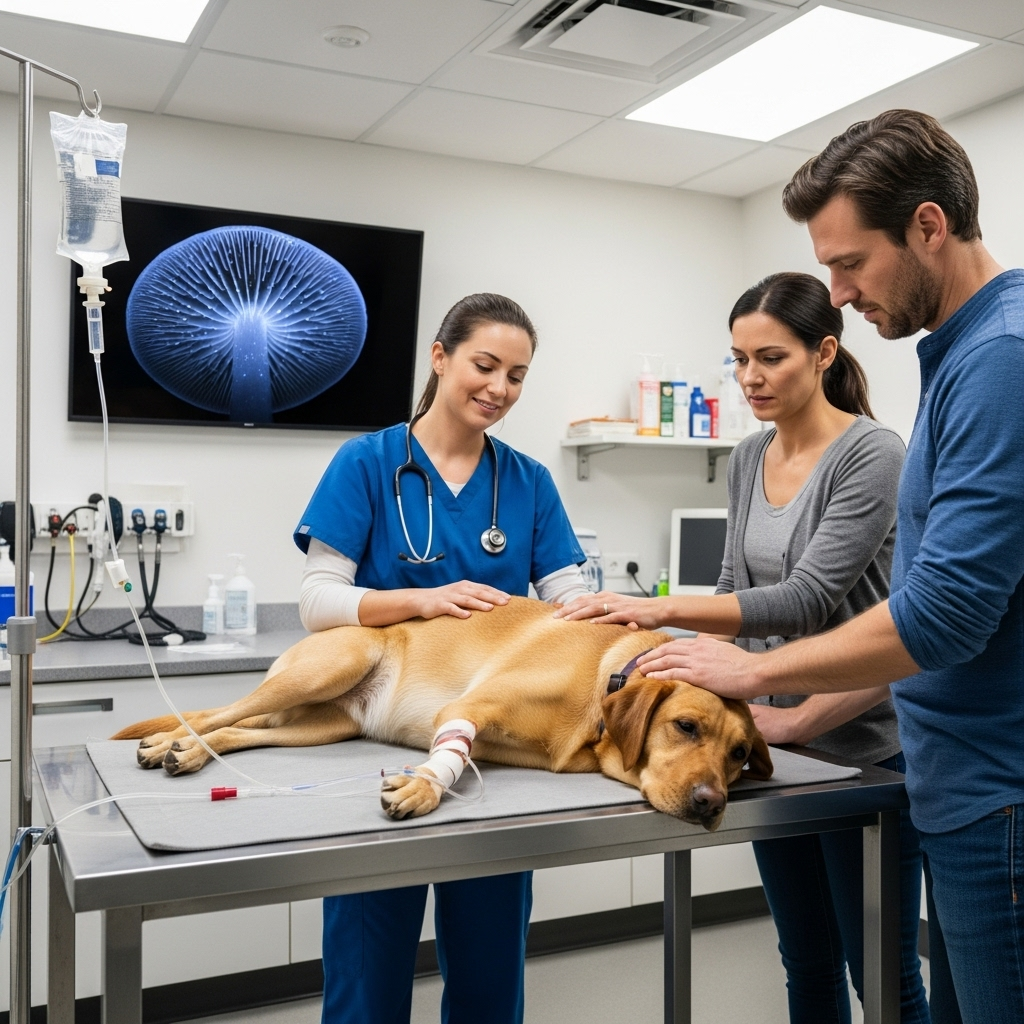
The Cost of a Curious Nibble: Treating Mushroom Toxicity in Canada
Emergency veterinary care can be costly, but it’s life-saving. Here are some estimated costs in Canada (as of August 2025) to give you an idea of the financial reality of mushroom poisoning.
| Service | Estimated Cost (CAD) |
| Emergency Exam Fee | $150 – $300 |
| Toxin Decontamination (Inducing Vomiting, Charcoal) | $200 – $500 |
| Bloodwork (Baseline & Monitoring) | $250 – $600 |
| IV Fluids & Hospitalization (per 24 hrs) | $1,000 – $2,000+ |
| Total Potential Cost | $1,600 – $3,400+ |
Export to Sheets
Prevention is the Best Medicine: 6 Tips to Keep Your Dog Safe
You can avoid the panic, heartache, and expense of a poisoning event by being proactive.
- Master “Leave It”: A rock-solid “leave it” command is your first line of defence on walks. Practice it constantly.
- Do Daily Yard Patrol: Mushrooms pop up overnight, especially after rain. Walk your property daily and remove any fungi you find at the root. Dispose of them in a sealed bag in the garbage.
- Leash Up in Risky Areas: Keep your dog on a leash in wooded areas, damp parks, or anywhere mushrooms are likely to sprout. If you’re wondering if dogs can have mushrooms they find on a trail, the answer is always no.
- Be Wary of Mulch: Mulch and rotting wood are prime real estate for fungi. Keep a close eye on your dog in landscaped areas.
- Educate Yourself: While you can’t be an expert, knowing what the most dangerous mushrooms like the Death Cap look like can help you spot trouble.
- Supervise, Supervise, Supervise: Nothing replaces a watchful eye. Pay attention to what your dog is sniffing and putting in their mouth outdoors.
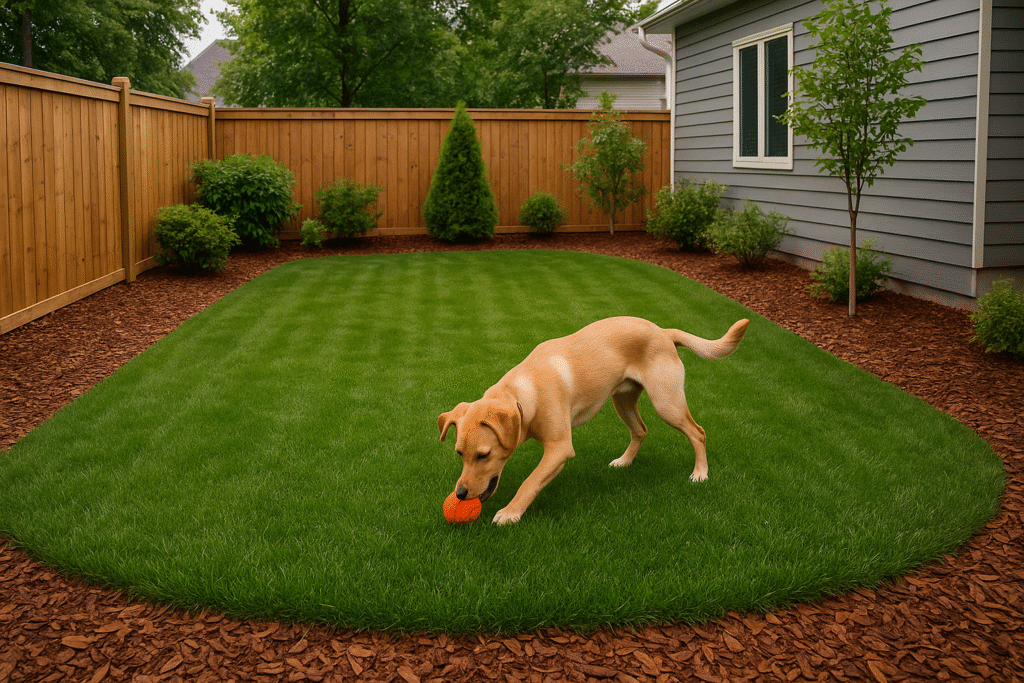
People Also Ask: Answering Your Top Questions
1. Are mushroom supplements from the pet store safe for my dog? Generally, yes. Reputable canine mushroom supplements (like reishi or turkey tail) are formulated for safety and dosage. However, you should always discuss starting any new supplement with your veterinarian first.
2. What if my dog just licked a toxic mushroom? Treat it like an ingestion. Some toxins can be absorbed or cause harm even with minimal contact. Call your vet immediately.
3. Can cooking a wild mushroom make it safe for my dog? No. Cooking does not destroy the potent toxins in poisonous mushrooms like the Death Cap. This is a dangerous myth.
4. Are there any mushroom identification apps I can trust? No. Do not bet your dog’s life on an app. Identification is incredibly difficult and even experts can be mistaken. There is no safe way to tell if dogs can have mushrooms found in the wild without a lab test.
5. Why do dogs seem to like eating mushrooms? Some mushrooms have a fishy odour that dogs find appealing. More often than not, though, dogs eat them out of simple curiosity, especially puppies.
A Final Word from Your Vet
The world of fungi is fascinating but filled with risk for our curious companions. When it comes to the question of can dogs have mushrooms, the safest path is the simplest one: only offer store-bought mushrooms served plain, and treat every wild mushroom as a potential poison. A few moments of prevention can save you and your beloved dog from a devastating outcome. Stay vigilant, and when in doubt, always call your vet.

